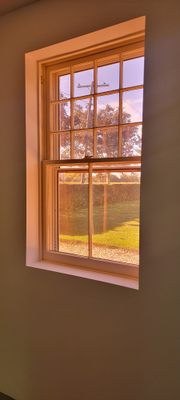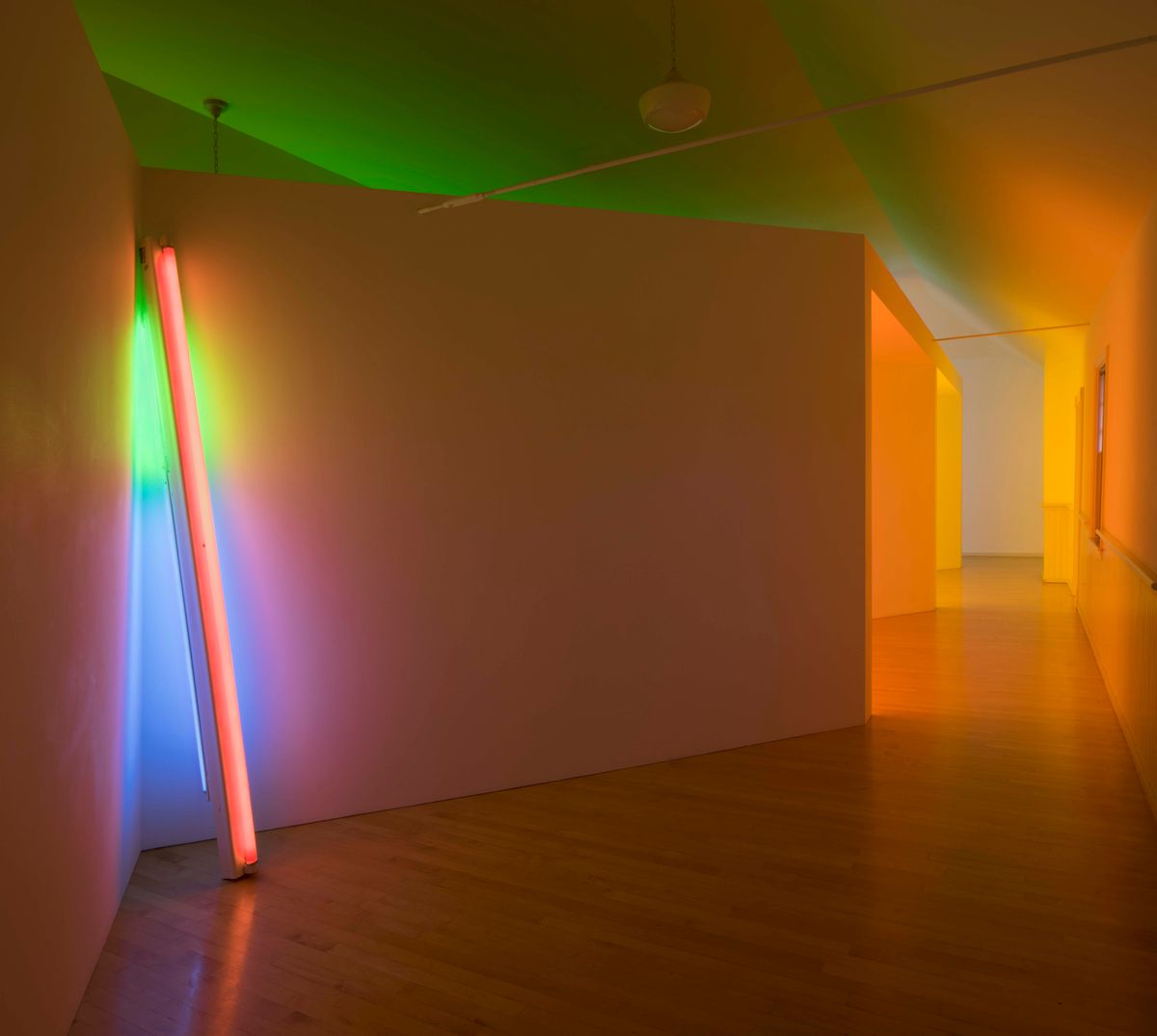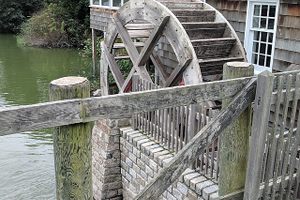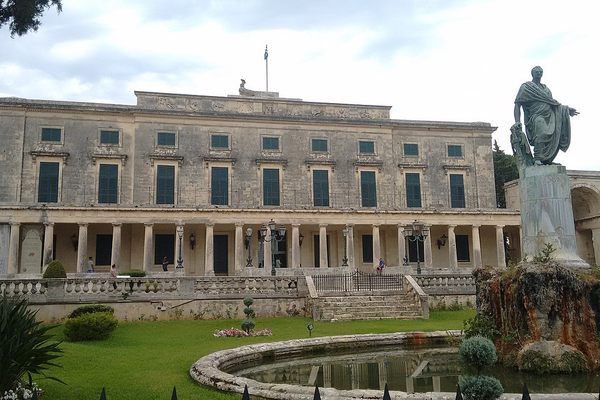About
The Dan Flavin Art Institute was established in 1983 to illuminate the pivotal practice of 20th century fluorescent light artist Dan Flavin. But before it became a permanent exhibition space for Flavin’s meditative installations, this two-story Bridgehampton house, built in 1908, operated as a fire station and later a Baptist church between 1924 and the mid-70s.
Together with the architect Richard Gluckman and the Dia Art Foundation, Flavin, who owned a home nearby in the East Hampton hamlet of Wainscott, renovated the building's interior and transformed it into a museum that would house his emanating light installations created between 1963 and 1981.
The second floor hypnotizes visitors with a sequence of neon artworks mounted between angled walls, from a single fluorescent tube completed in 1976 to "Untitled (in honor of Harold Joachim) 3" (1977), a radiant technicolor grid.
Located just beyond the permanent installation is a small room in which memorabilia from the building’s past, such as a stained glass window, a neon cross, and humble wooden pulpit are preserved. The ground floor of the Dan Flavin Art Institute is reserved for a rotating program of special exhibitions.
Born in New York City in 1933, Flavin was a modernist pioneer who revolutionized the use of fluorescent light as a form of fine art. His sculptural installations, or “situations,” as he called them, were designed to manipulate space and respond to architecture, and he ranks amongst the most important visual artists of the 20th century.
Related Tags
Know Before You Go
The Dan Flavin Art Institute is open Thursday through Sundays from noon until 6 p.m. between May and October. The space is open from 12 to 6 p.m. on Saturdays and Sundays from November through April. Admission is free. The museum is accessible by public transportation.
Published
September 26, 2019
































